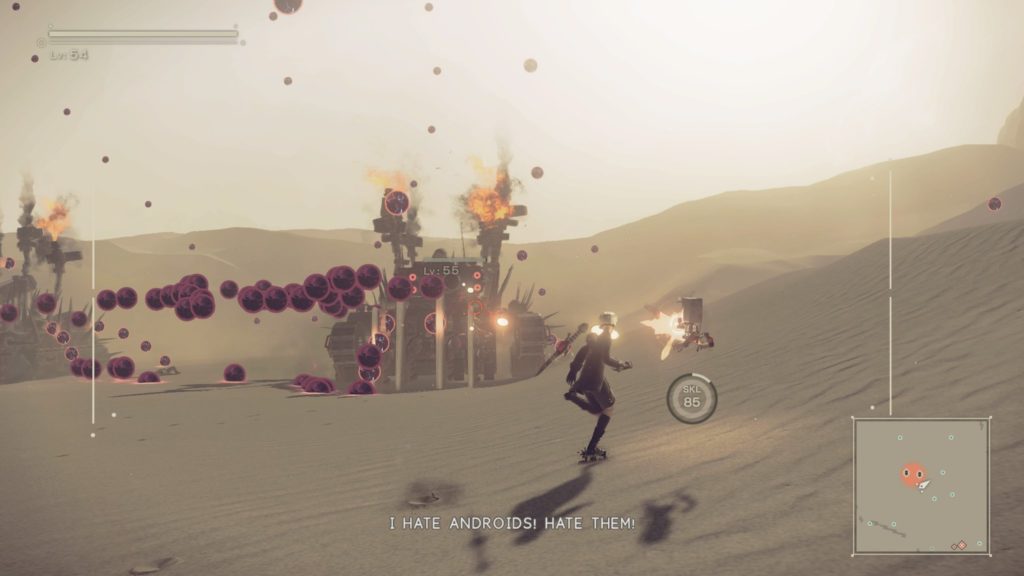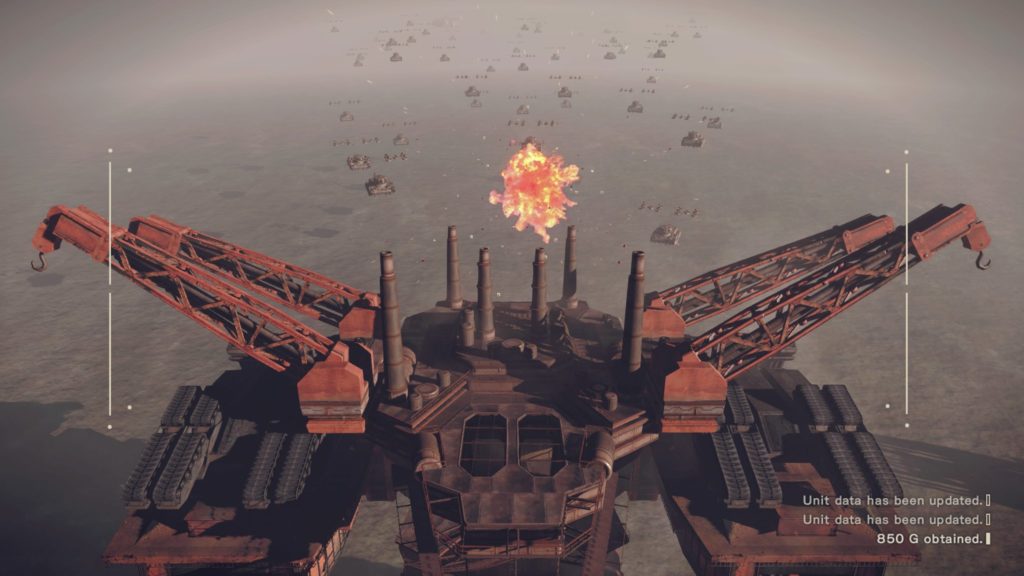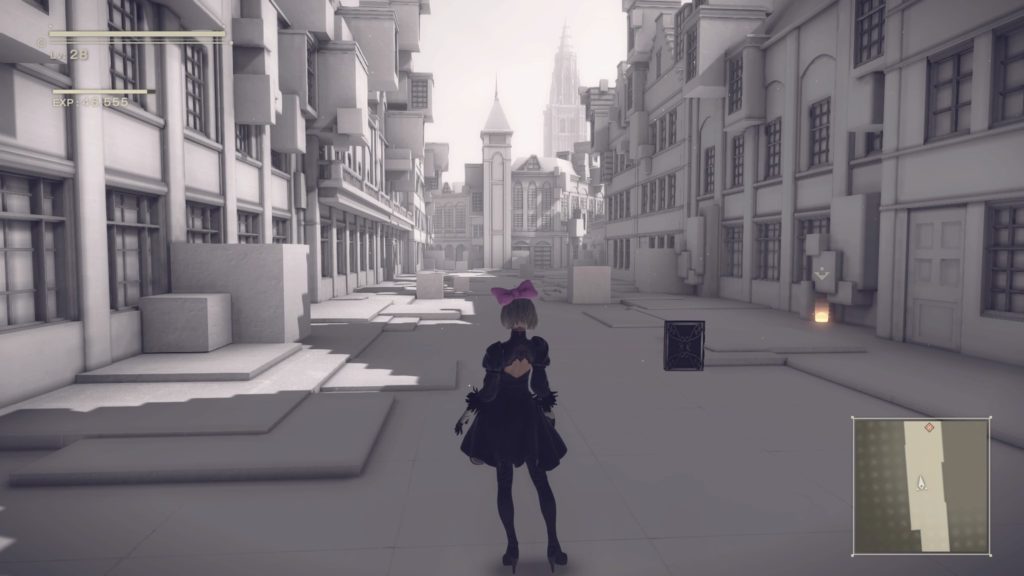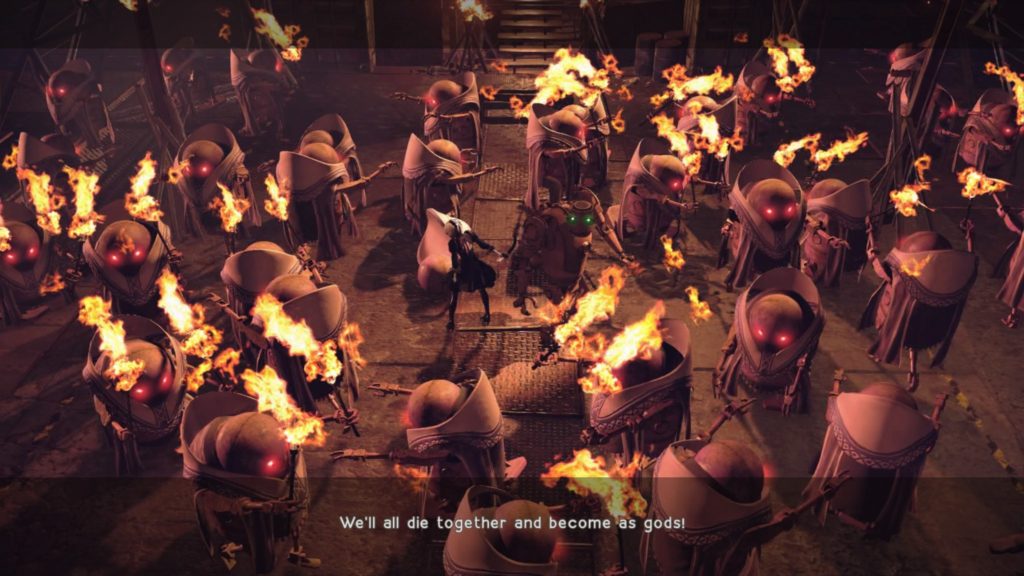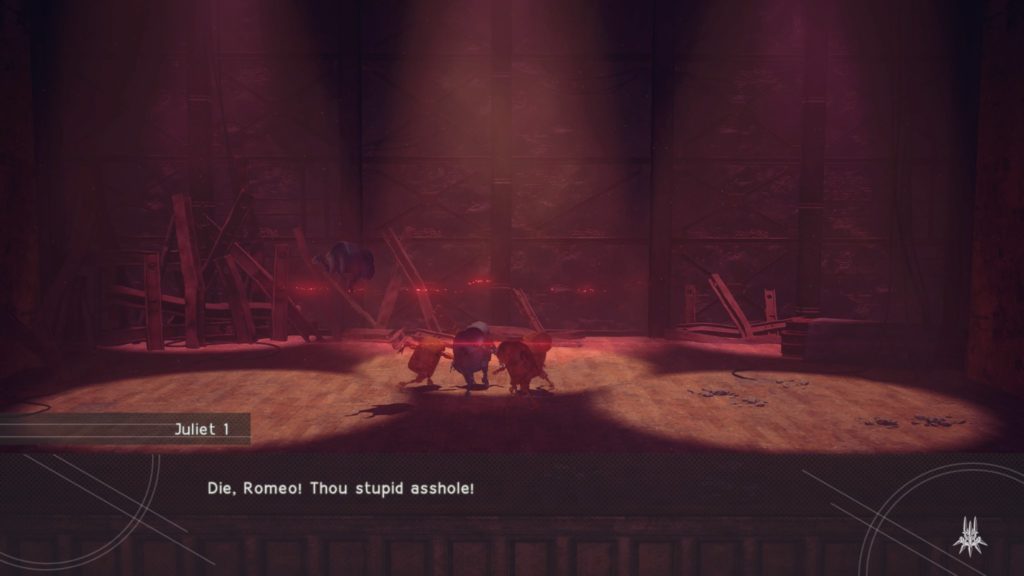- Genre: ARPG
- Platform: PS4
- Also Available On: Xbox One, Steam
Playing remakes – and not just remasters – is always interesting. How do they modernize the game without ruining what people liked about the original? Do they choose to add or remove anything to change the game at all? Playing remakes when you didn’t really play the original is even more interesting. I bounced off NieR on the PS3 pretty hard, though I don’t remember why. However, I really enjoyed Automata so I figured it was worth a revisit. As it turns out, I definitely enjoyed Replicant a lot this go around, although it has some spots where it definitely shows its age.
In hindsight, this ones feels a lot like Automata, and that’s probably what makes it work out so well for me at this point. My Automata ramblings cover the basics, but to be sure the ARPG systems still work great here. The mix of melee and ranged combat, as well as your occasional bullet hell chaos works really well still. It’s generally clear whether a boss is more susceptible to what kind of attacks, and you plan accordingly to get your big damage dumps. It just works well.
However, the thing that struck me is how overwhelmingly fair it is. There just aren’t big fuck you moments. If you execute your offense well, you won’t have problems taking out enemies. If you execute your defense well, you won’t have problems avoiding damage. If you’re paying attention to enemy tells you’ll be ready to dodge things. The game just isn’t going to punish you if you’re paying attention.
Having talked to a few people about the original release, this seems like a big change. From what I understand, the original wasn’t necessarily unfair, but leaned into difficult tuning more than it should have. To me this feels like a conscious effort to align the game with both Automata, as well as a larger mass market. You can go to a harder difficulty if you want to, but the game doesn’t feel designed around punishing the player even on that harder difficulty. It just feels tuned to be right.
However, that was something they could absolutely control when remaking the game. What they couldn’t control was the overall metagame that was there, and that part is definitely showing its age. The first thing that stood out to me was how minimal gearing was in contrast to Automata. You have weapons that can be upgraded and some basic mods that can be applied to your gear (+damage, +defense, +magic, etc) but compared to the chip system it feels pretty slim. I just didn’t derive much gameplay out of it, because I basically picked a weapon that fit my style then applied the best mods and didn’t really think about it.
The general story flow also just didn’t age well. There’s a lot of mindless back and forth between the same areas just to finish story quests (run to coast town -> go back to your village -> go back to coast town -> go back to your village) and with so few unique areas, it wears out pretty quick. The lack of quick travel for most of the game also exacerbates the issue. You just spend a lot of time mindlessly running in comparison to the original.
This is pushed way to the forefront in the design of the game’s endings. Ending B is a replay of the second half of the game with a few unique story bits added. Ending C and D are replays of the second half of the game accessible only after you collect all weapons, which then adds a unique selection to the end boss. The new ending is the sole new addition, but frankly it wasn’t worth replaying the game so many times to get to it, so I just watched it on Youtube. Automata definitely learned a lot from this one in terms of making the chase towards multiple endings more fun and more unique. Replicant, even in modern form, is a bit of a drag.
That said, this game is worth playing even if you only get to the first ending. Even with its problems the combat is just that good. This and Automata have a combat flow that I’ve rarely felt nailed so well in other games. The closest that I could really compare it to would be something like Bayonetta in terms of mixing the grand scale and tight action. It’s just consistently fun and exciting to get to and fight through bosses, and each one leaves you wanting to push through the story problems just to get to that next adrenaline rush. For that alone, this gets the approval.


